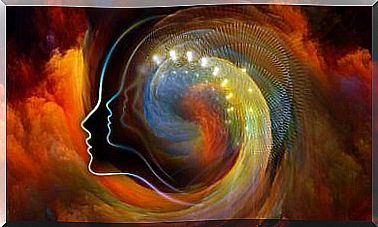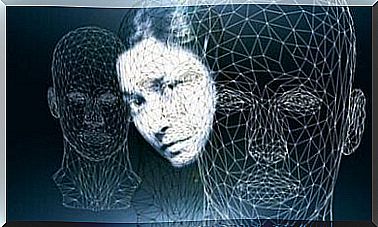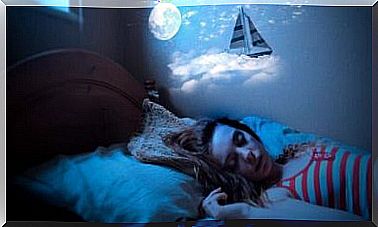Zelda Fitzgerald: Biography Of A Broken Muse
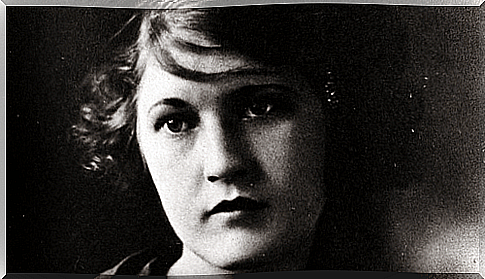
Zelda Fitzgerald went down in history as the deranged or mad wife of the great writer F. Scott Fitzgerald. We are talking about one of the first flappers of the crazy 1920s in the United States. These women were at the head of a revolution that led to new aesthetic standards and new life habits.
They abolished corsets, cut their hair and even shortened their skirts. They smoked and drank in public, attended jazz salons, and drove cars of their own. A truly significant era for women, who were beginning to pretend to have different roles in society.
A generation of women who aspired to develop their own professional careers and who had ambitions that went beyond having a family and pursuing traditionally female roles.
Zelda Fitzgerald was a point of reference for the time and her life was a reflection of what flappers aspired to. But the consequences of trying in a society that was probably tolerant are also apparently.
Who was Zelda Fitzgerald?
Zelda Fitzgerald was born in Alabama, in 1900. The daughter of a southern man, rigid and traditional, she was a cheerful and outgoing young woman. A rebel, far removed from the traditional female roles of her small country. During a party he met a young promise of literature, a Don Juan and an avid drinker.
This young man would become one of the most famous writers in the United States: Francis Scott Fitzgerald. At the time, Scott was writing his first novel, the main character of which is inspired by Zelda. Once published, the book was an overwhelming success and it was at that time that Zelda moved to New York, at the age of 18, to marry him.
The couple becomes a celebrity duo. They were stylish, rich, famous and eager to conquer the world. Scott continued to write, always inspired by his muse. Zelda’s experiences, phrases, conversations, diaries and private letters were for him the source from which to quench his thirst to compose his stories.
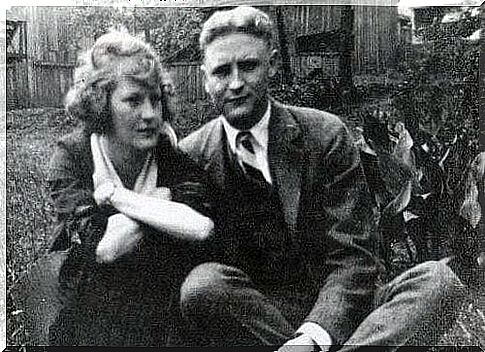
Zelda wants to write
Zelda Fitzgerald received some offers asking her to write books and articles of her own. She wrote autobiographical stories, but the publishers began to reject them because they were convinced of a plagiarism of her husband’s work.
Francis Scott Fitzgerald disliked the fact that his wife was starting to become more than his muse and he absolutely disapproved of using his personal life experiences to write, because they were a source of inspiration for him.
All this was the cause of many violent discussions. By the time Scott had already become an alcoholic, his betrayals were the order of the day and he was squandering his earnings.
The two then made the decision to move to France, where they continued to lead a prosperous social life, surrounding themselves with many intellectuals of the so-called lost generation. Meanwhile, Zelda was trying to write. She had also started painting and studying to become a professional dancer.
She fell in love with a French pilot and asked Scott for a divorce. He then decided to keep her locked up in the house until she finally gave up on her request. It was then that Zelda attempted to commit suicide for the first time.
Zelda’s personality became unstable. Scott never missed an opportunity to publicly ridicule her and make her life impossible. He made his mistresses sit at the table with his wife and daughter, and his strange (and very special) friendship with Ernest Hemingway further complicated things.
Zelda Fitzgerald and psychiatric institutions
After her dream as a dancer was shattered, Zelda fell into depression. However, he managed to publish his book Leave Me the Last Waltz and this infuriated Scott. He accused her of using biographical material he had saved for his next book.
Following the publication of the book, Scott had Zelda interned in a very expensive mental institution, where she was diagnosed with schizophrenia and where she was very often subjected to electroshock. Zelda never recovered. Scott refused for years to have her discharged, which is why he spent the rest of his life in and out of mental institutions, until his death.
Several doctors and biographers claim that Zelda did not suffer from schizophrenia. Some speak of bipolar disorder, others of borderline personality. What we do know for sure is that in addition to an alcoholic and donor husband, she also had to endure the constant pressures of celebrity and the professional inability Scott attributed to her – all enough reasons to condemn anyone to a real emotional rollercoaster.
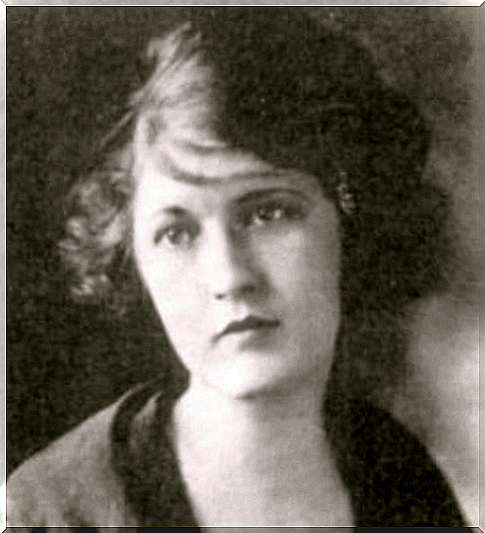
Zelda’s disease
Curious fact: the story of Zelda Fitzgerald and the diagnoses of mental illness repeats itself throughout the 20th century with many other female artists. The list of suicides and diagnoses of mental disorders among 20th century artists is very large, especially women.
It seems that the aura of genius and eccentricity was considered a mental illness to be treated if the genius had been a woman. Similar diagnoses and electroshock treatments such as those received by Zelda Fitzgerald are repeated with various figures from the art world. Genius artists such as the writer Sylvia Plath, the surrealist artists Dora Maar and Leonora Carrington or the sculptor Niki de Saint – Phalle received the same treatments.
And the most curious aspect is that the same fate also fell to many ordinary women who were locked up at the first sign of emotional instability. Thousands of North American ladies, educated and intelligent, fell into the grip of depression. They were not given the opportunity to fulfill themselves, to become part of the labor market : in a certain sense they were condemned to live that life.
Following a simple nervous breakdown or the slightest act of rebellion, they were diagnosed with neurosis, psychosis, or ever-present schizophrenia, and were then subjected to electroshock.
The lucky ones, after some time, returned home, meek, submissive and unable to remember who they once were or to recognize their own children. Today this treatment (called TEC) still has several supporters, but also detractors in favor of abandoning this practice.



